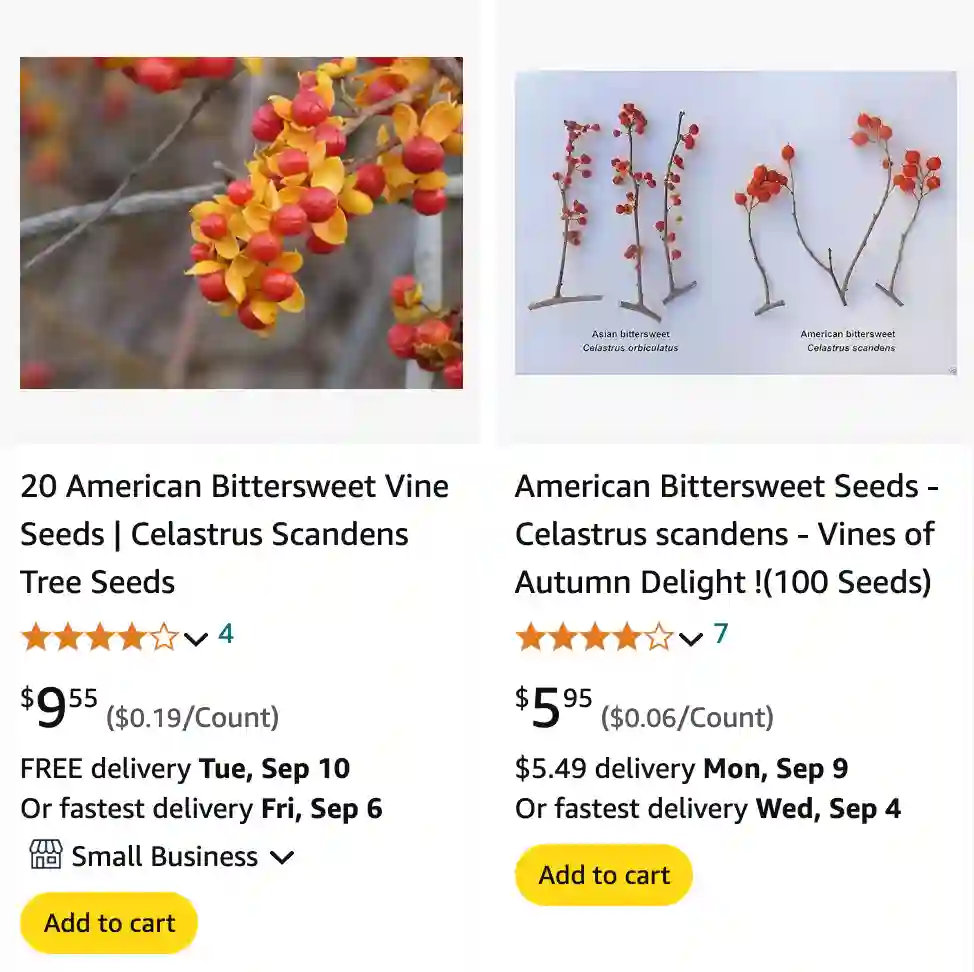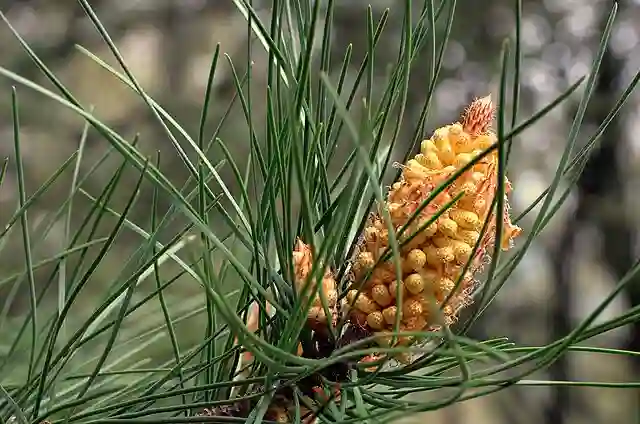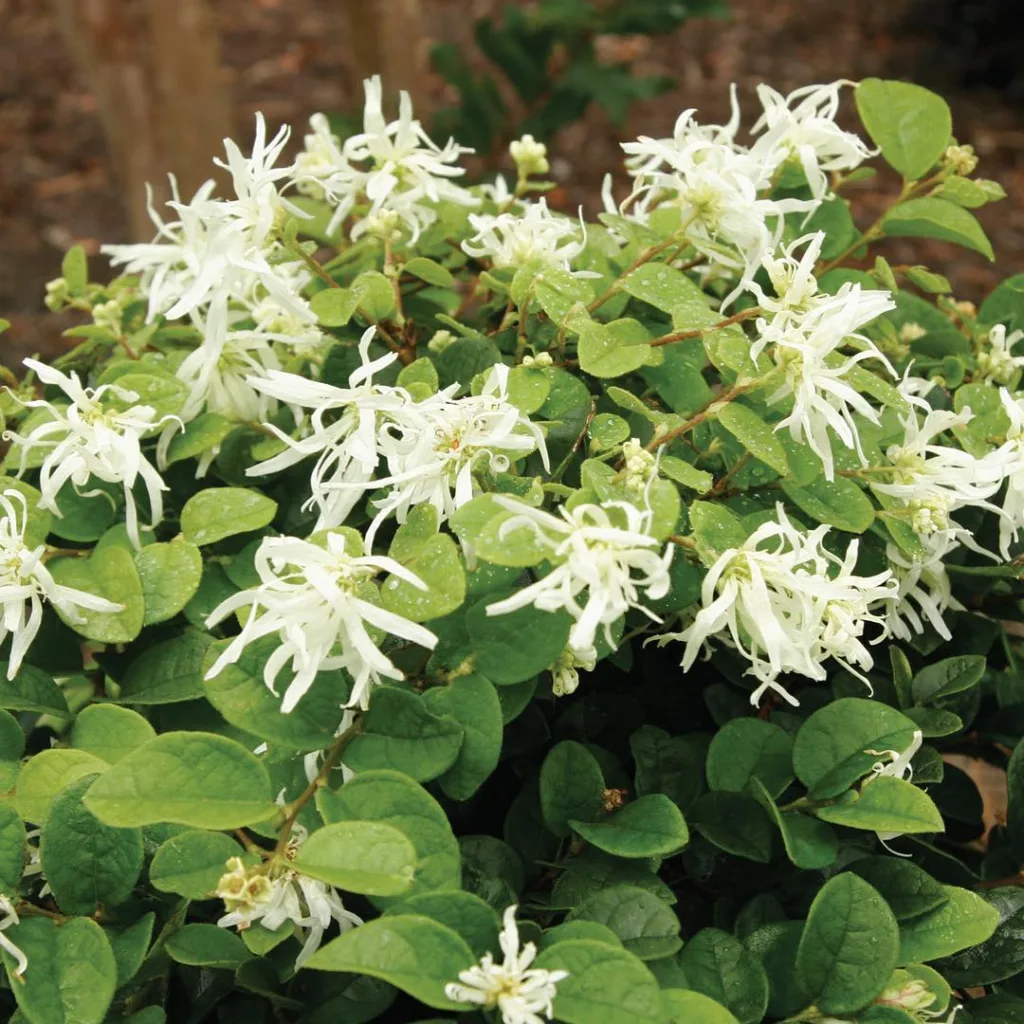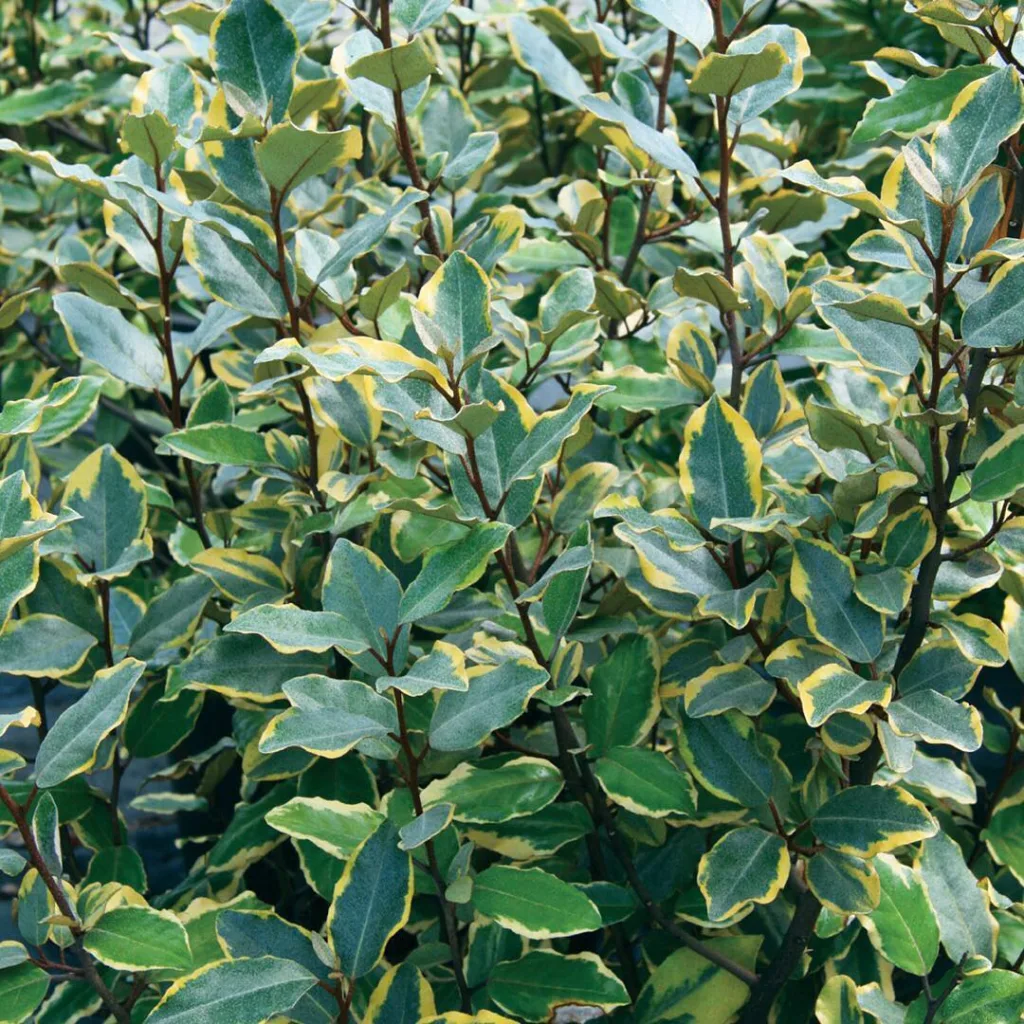
FAQs About Celastrus Scandens
Celastrus Scandens, commonly known as American Bittersweet, belong to the Celastraceae family, is a hardy and vigorous climbing vine that can add beauty and interest to any garden. Over the years, I’ve had plenty of questions from fellow gardeners and plant enthusiasts about this plant. Here, I’ll address some of the most frequently asked questions, including its edibility, how it compares to other species, and how to care for it.
Plant Family: 98 Genera in Celastraceae
What is Celastrus Scandens?
Celastrus Scandens is a deciduous vine native to North America. It’s known for its rapid growth and attractive berries, which turn a striking orange or red in the fall. The plant is often used for covering trellises, fences, and other structures, creating a lush, green backdrop with a burst of color in the autumn.
Is Celastrus Scandens Edible?
Celastrus Scandens is not edible. The plant contains toxic compounds that can cause gastrointestinal distress if ingested. While the berries are visually appealing, they are not safe to consume. It’s important to keep this in mind, especially if you have children or pets that might be tempted to eat the berries.
How to Care for Celastrus Scandens?
Caring for Celastrus Scandens is relatively straightforward, but it does require some attention. Here are a few key points to ensure it thrives:
- Light: It prefers full sun but can tolerate partial shade. In full sun, it will produce more vibrant foliage and berries.
- Soil: It’s adaptable to various soil types but prefers well-drained soil. Ensure good drainage to prevent root rot.
- Watering: Regular watering is important, especially during dry periods. Keep the soil consistently moist but not waterlogged.
- Pruning: Regular pruning helps control its growth and maintain its shape. Prune in late winter or early spring before new growth starts.
How to Propagate Celastrus Scandens?
Propagating Celastrus Scandens can be done through both seeds and cuttings:
- Seeds: Collect seeds from mature berries in the fall. Soak them in water for 24 hours, then plant them in a cold frame or a greenhouse in early spring. They may take several weeks to germinate.
- Cuttings: Take semi-hardwood cuttings in late summer. Dip the cut ends in rooting hormone and plant them in a pot with a mix of peat and perlite. Keep the cuttings in a warm, humid environment until roots develop.
What to Plant With Celastrus Scandens?
Celastrus Scandens pairs well with various companion plants that can complement its vigorous growth. Consider planting it with:
- Clematis: The delicate flowers of Clematis contrast nicely with the robust growth of Celastrus Scandens.
- Honeysuckle: Another climbing plant, Honeysuckle, can provide a beautiful, fragrant addition to the vertical space.
- Hostas: Under the shade of the vine, Hostas can add lush foliage and texture to the garden bed.
Can You Grow Celastrus Scandens Indoors?
Growing Celastrus Scandens indoors is not ideal. This plant is best suited for outdoor environments where it has ample space to climb and spread. Its vigorous growth can be difficult to manage indoors, and it requires a lot of light and space to thrive. If you’re looking for indoor vines, consider alternatives like Pothos or Philodendron.
Is Celastrus Scandens Toxic?
Yes, Celastrus Scandens is toxic. All parts of the plant, especially the berries, can cause nausea, vomiting, and other gastrointestinal issues if ingested. It’s important to handle the plant with care and keep it away from children and pets.
Benefits of Celastrus Scandens
Despite its toxicity, Celastrus Scandens offers several benefits in the garden:
- Fast Growth: It quickly covers structures and creates a green screen.
- Autumn Color: The bright orange and red berries in the fall add a splash of color to the garden.
- Wildlife: Birds are attracted to the berries, which can add life to your garden.
Common Problems with Celastrus Scandens
Celastrus Scandens is generally robust, but it can face some issues:
- Invasive Nature: It can become invasive if not managed properly. Regular pruning helps control its spread.
- Pests: Watch for pests like aphids and spider mites, which can affect its health. Regular inspection and treatment can keep these in check.
Celastrus Scandens vs. Celastrus Orbiculatus
When comparing Celastrus Scandens to Celastrus Orbiculatus (Oriental Bittersweet), there are a few key differences:
- Origin: Celastrus Scandens is native to North America, while Celastrus Orbiculatus is native to Asia.
- Berry Color: Celastrus Orbiculatus tends to have more yellow berries, whereas Celastrus Scandens has orange to red berries.
- Invasiveness: Celastrus Orbiculatus is considered more invasive and aggressive compared to Celastrus Scandens. It often outcompetes native plants and can be more difficult to control.
In conclusion, Celastrus Scandens is a versatile and attractive plant for many gardens. While it is not edible and can be toxic, its rapid growth and vibrant fall color make it a valuable addition to outdoor spaces. By understanding its care requirements and potential issues, you can enjoy its beauty while managing its growth effectively.
If i die, water my plants!



